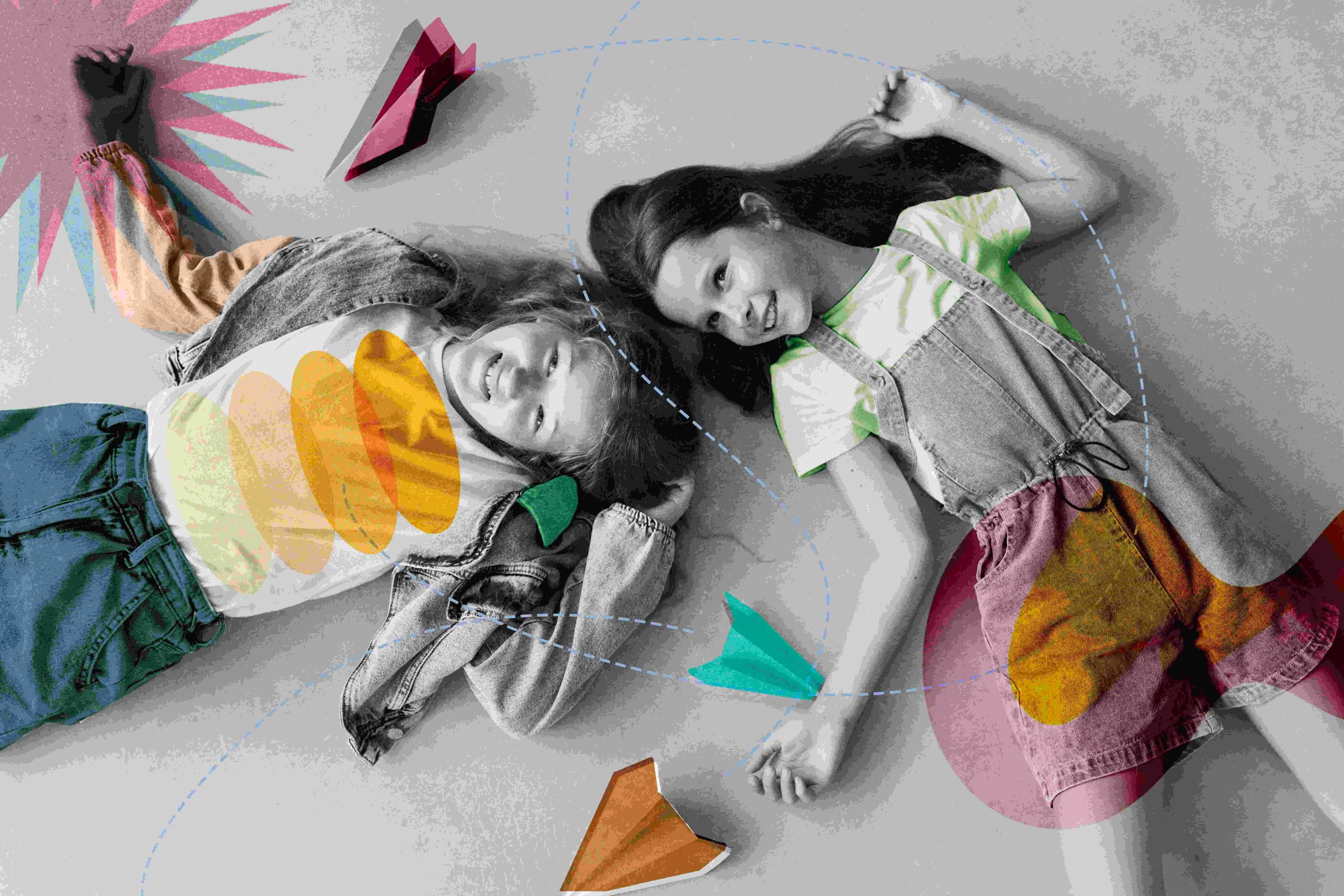
Creative Arts in Kindergarten: Nurturing Young Minds
Early childhood years are an essential phase in a child’s development. Preschoolers use this period to learn new things, investigate their surroundings, and advance their social and cognitive abilities. The story of the preschooler’s creativity, ability to express themselves, and self-confidence are all aided by the creative arts. This article will look at the various creative arts activities frequently used in kindergartens.
-
Drawing and Painting
Popular creative arts exercises like painting and drawing aid in developing hand-eye coordination and fine motor skills in toddlers. It also promotes creativity and self-expression. Preschoolers can experiment with colors, shapes, and textures by being given a variety of supplies such as crayons, markers, colored pencils, and watercolors. Additionally, this task aids in their comprehension of fundamental artistic ideas like blending, shading, and outlining.
-
Sculpture Making
Sculpture-making involves creating three-dimensional art using various materials, such as clay, paper mache, or even recyclable materials like cardboard and plastic bottles. It helps preschoolers develop spatial awareness, problem-solving skills, and creativity. This activity also encourages preschoolers to use their hands to create shapes and figures to express their ideas and feelings.
-
Collage Making
Collage-making is a fun and engaging activity that helps preschoolers develop their creativity, imagination, and fine motor skills. It involves cutting and pasting different materials such as paper, magazine cut-outs, fabric, and even natural objects like leaves and flowers to create a new image. This activity encourages preschoolers to experiment with colors, patterns, and textures and create something unique and original.
-
Music and Dance
Music and dance are creative arts activities that help preschoolers develop rhythm, coordination, and social skills. It also encourages self-expression and creativity. Kindergarten teachers often incorporate singing, dancing, and musical instruments into their curriculum to make learning fun and engaging. Preschoolers love to dance and sing along with their friends, and this activity helps them build their confidence and self-esteem.
-
Dramatic Play
Dramatic play involves role-playing, storytelling, and using imagination to create different scenarios and characters. This activity helps preschoolers develop their language skills, social skills, and creativity. It also encourages them to express their emotions and ideas in a safe and fun environment. Kindergarten teachers often provide costumes, props, and puppets to make the experience more engaging and enjoyable for preschoolers.
-
Photography
A creative art activity, photography, entails capturing images of things, people, or the natural world. It enables preschoolers to investigate their surroundings and aids in developing their observational abilities. Preschoolers can use smartphones or digital cameras that kindergarten teachers might supply to record their favorite moments and keep a visual journal of their experiences. This exercise also helps toddlers develop their sense of creativity and storytelling by taking pictures that tell a story.
-
Storytelling
Preschoolers are encouraged to utilize their imagination and language abilities to create and tell stories through storytelling, a creative art practice. It can be accomplished using various techniques, including reading, writing picture books, or even employing puppets. Storytelling aids in young preschool language, vocabulary, and comprehension development. Additionally, it teaches students to use storytelling to convey their feelings and thoughts, which can boost their self-esteem and confidence.
-
Printmaking
Printmaking is a creative art form that uses impressions made from many materials, including foam, wood, and even vegetables. It fosters the growth of preschoolers’ hand-eye coordination, creativity, and fine motor abilities. To make distinctive and creative prints, this exercise invites preschool to experiment with various colors, patterns, and textures. Additionally, it teaches young preschool the fundamentals of printing, such as how to apply ink, press a surface, and create an impression.
-
Puppetry
Puppetry is a creative art activity that involves creating and using puppets to tell stories, express emotions, and entertain others. It helps preschoolers develop their creativity, imagination, and language skills. Puppetry also encourages preschoolers to use their hands to create different characters and express their emotions through the puppet’s movements. Kindergarten teachers often provide puppet-making materials such as paper bags, socks, and felt to make the experience more engaging and fun for preschoolers.
-
Origami
Paper is folded into various forms and figures in the creative art of origami. It fosters the growth of preschoolers’ hand-eye coordination, creativity, and fine motor abilities. Preschoolers are inspired by origami to explore various colors and patterns and develop their own original designs. Preschoolers are also taught the fundamentals of geometry through this activity, including angles and forms.
Conclusion
In conclusion, creative arts activities are a crucial component of preschoolers’ education. They aid in developing fundamental social and cognitive abilities in preschoolers, such as problem-solving, self-expression, creativity, and self-assurance. Kindergarten instructors can encourage preschoolers to develop a lifelong love of art and creativity by providing them with a secure and stimulating atmosphere where they can experiment with many art genres. Preschoolers can develop into well-rounded adults with solid senses of creativity and imagination as they get older. Additionally, remember to make these activities age-appropriate and provide a supportive environment for preschoolers to express themselves creatively without judgment.


